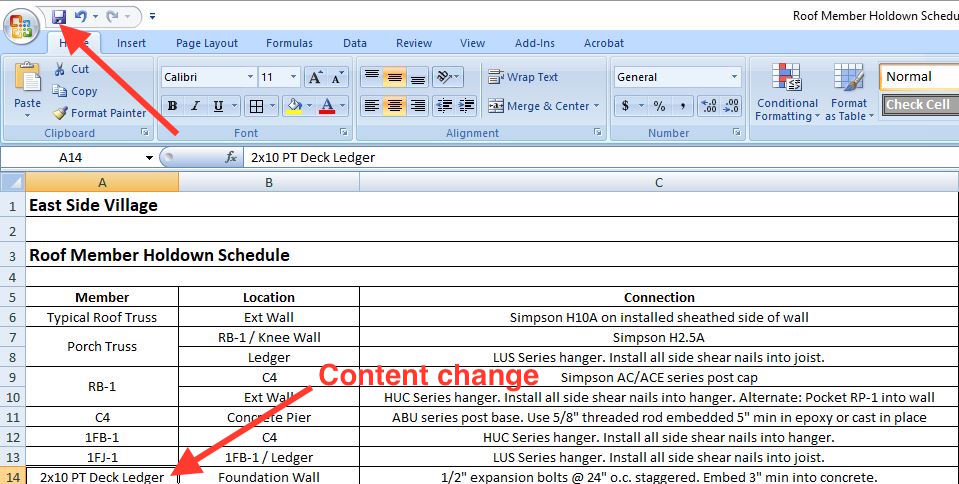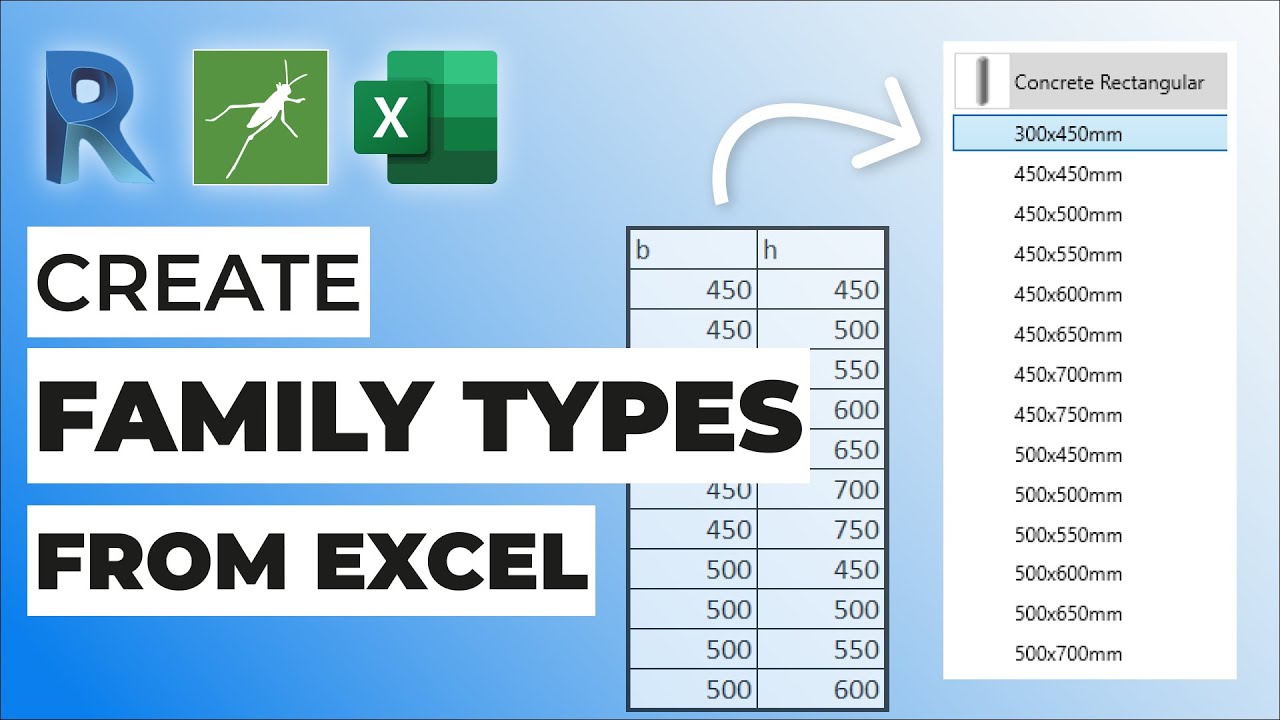Grasping the Art of Information Assimilation: Exactly How to Seamlessly Import Excel Files Into Revit
In this post, we will certainly lead you through the process of grasping the art of information assimilation. Obtain all set to prepare your Excel data easily and follow our detailed overview to import files into Revit. With our finest methods, you'll attain data combination success in no time.
Comprehending the Relevance of Data Integration in Revit
Comprehending the value of information assimilation in Revit is important for seamless importing of Excel files. It enables you to effectively update and handle info throughout the entire project when you integrate information from Excel right into Revit. This combination makes sure that your style and building process is current and precise.
By incorporating information, you can quickly import and update criteria, routines, and even geometry in Revit. This eliminates the demand for hand-operated data entry, conserving you time and lowering the danger of errors. With Revit's data assimilation abilities, you can preserve uniformity and precision in your project, while additionally boosting partnership amongst team participants.

Discovering the Excel Documents Format for Revit Integration

In order to successfully integrate Excel data into Revit, it is crucial to guarantee that the data is formatted correctly. This includes appropriately labeling columns and rows, along with structuring the data in a way that is suitable with Revit's data schema. Revit makes use of certain specifications and categories to arrange data, so it is vital to line up the Excel data with these criteria to guarantee a seamless combination.
Additionally, it is vital to note that Revit just supports certain information types when importing from Excel. These consist of text, numbers, and days. Any various other data kinds, such as formulas or conditional format, will not be identified by Revit and may create issues throughout the combination procedure.
Preparing Your Excel Information for Seamless Import Into Revit
To ensure a smooth integration process, you'll need to appropriately layout and tag the columns and rows in your Excel information before importing it into Revit. Start by examining your Excel data and determining which rows and columns consist of pertinent details for your Revit project.
Next, ensure that the data in each column is correctly formatted. If you have a column for dimensions, make sure that all dimensions are consistently formatted in the same units of dimension. Revit counts on regular format to properly translate and import information.
Furthermore, it is essential to inspect for any empty cells or disparities in your data. Revit might not have the ability to check out or import data from cells that are empty or contain mistakes. It is advised to assess your Excel see this information and clean up any kind of incongruities prior to importing it into Revit.
Step-By-Step Overview to Importing Excel Data Into Revit
When you've properly formatted and classified your Excel data, you can easily import it right into Revit by following this detailed guide. here To begin, open Revit and browse to the "Insert" tab. Click on "Import CAD" and pick "Import Excel" from the dropdown menu. A new home window will appear, asking you to situate the Excel data you intend to import. Surf your computer system and choose the Excel file, after that click "Open."
Following, a dialog box will show up, enabling you to personalize the import settings. Right here, you can choose the worksheet you intend to import, define the series of cells to import, and choose the appropriate devices for your information. When you have actually made your choices, click "OK" to continue.
Revit will currently present a preview of your Excel information. Take a moment to guarantee and assess the preview that whatever looks proper. If needed, you can make modifications to the import setups by clicking the "Settings" button.
Ideal Practices for Information Integration Success in Revit
See to it you follow these finest techniques to ensure successful combination of information in Revit. It is vital to arrange your data in Excel before importing it into Revit. This indicates ensuring constant calling conventions, correct formatting, and accurate data depiction. Next off, use Revit's integrated tools for data mapping. This will certainly allow you to match the columns in your Excel file with the equivalent parameters in Revit. Bear in mind the devices and data kinds when mapping the information, as any kind of disparities can lead to mistakes in the combination process.
Another vital technique is to regularly confirm and upgrade your data. As your project find out here proceeds, it is important to maintain your Excel data as much as date with any adjustments made in Revit. This will certainly assist maintain the precision and uniformity of your data throughout both systems. Furthermore, utilize data recognition devices within Revit to identify any kind of mistakes or variances in the integrated data.
Last but not least, it is advised to establish a clear operations for data assimilation. This includes specifying functions and responsibilities, establishing a communication channel in between staff member, and establishing a normal cadence for data updates and testimonials. By complying with these ideal practices, you can make certain a seamless and effective integration of data in Revit, inevitably enhancing the performance and accuracy of your task.
Conclusion
In verdict, understanding the art of data combination is critical for seamless import of Excel files into Revit. Understanding the significance of data combination in Revit is the very first action in the direction of effective assimilation.
When importing information from Excel right into Revit, it is vital to recognize the documents layout and just how it can impact the combination process (revit plugins). Revit uses specific parameters and groups to arrange information, so it is essential to line up the Excel data with these parameters to ensure a smooth combination
Be mindful of the information and systems types when mapping the data, as any kind of disparities can lead to errors in the combination process.
In addition, make usage of data validation tools within Revit to recognize any type of errors or inconsistencies in the incorporated information.
